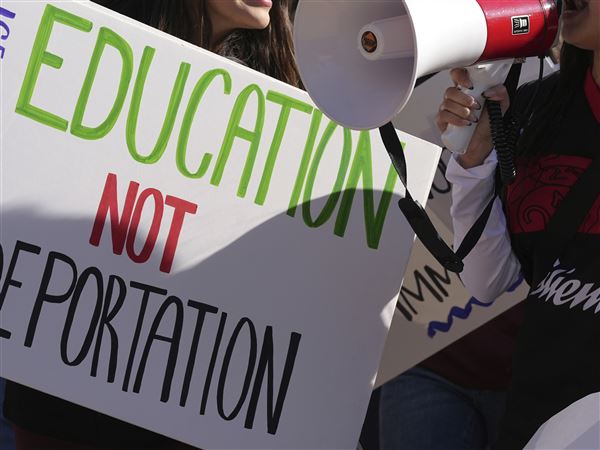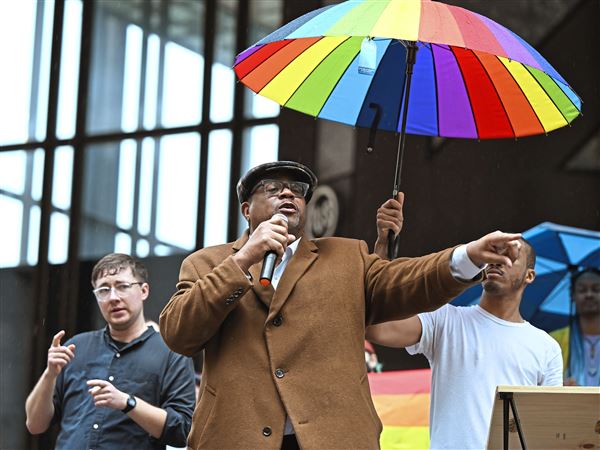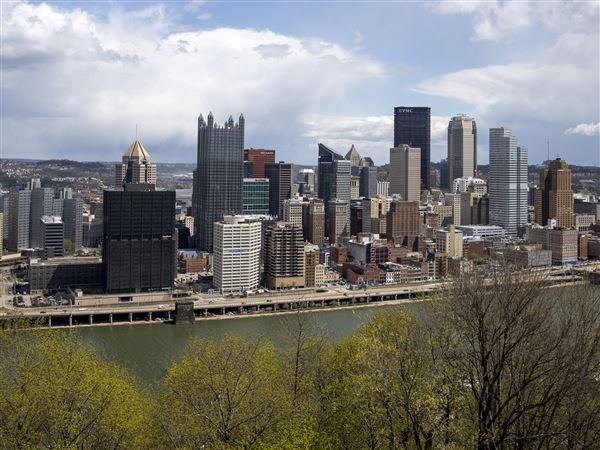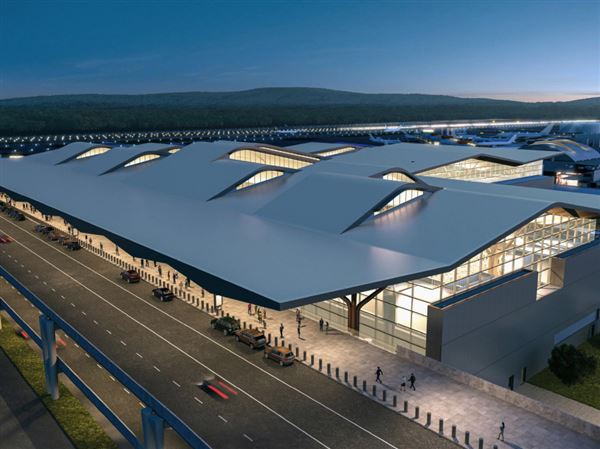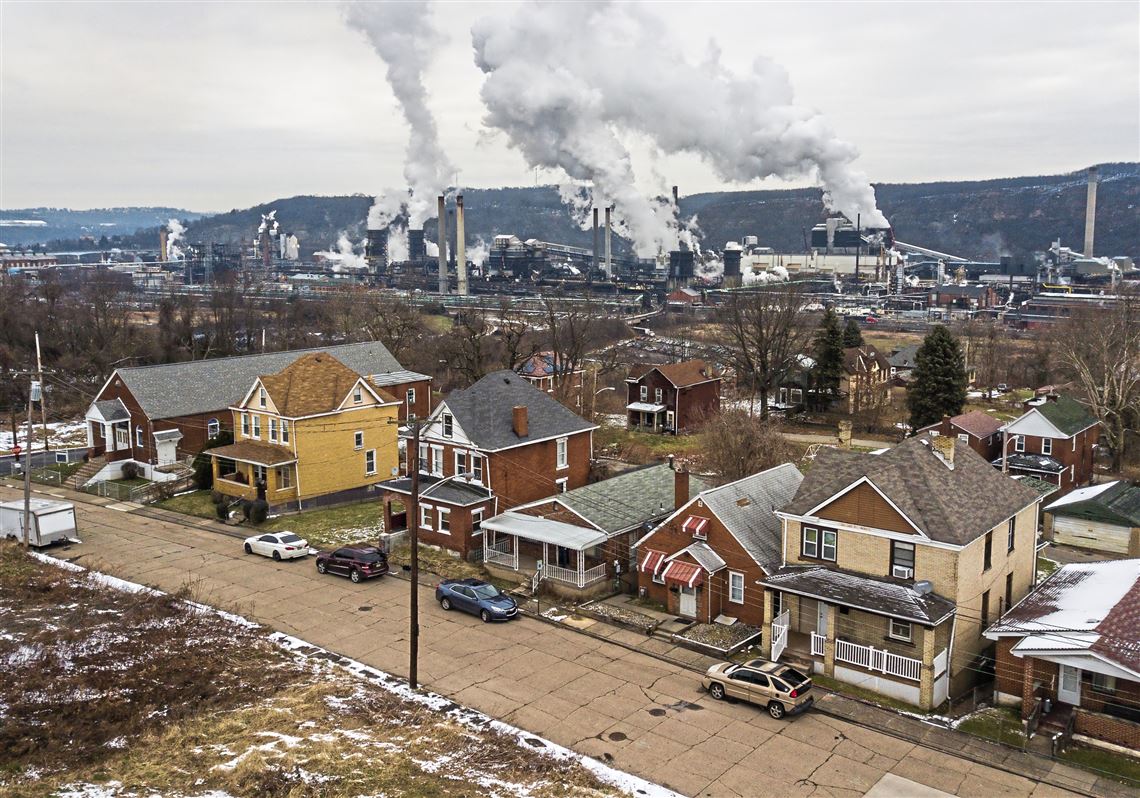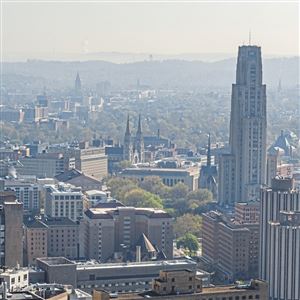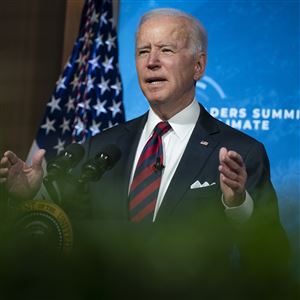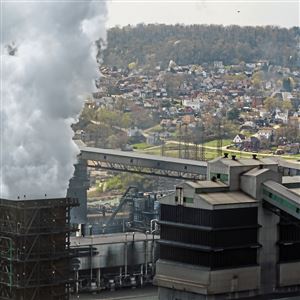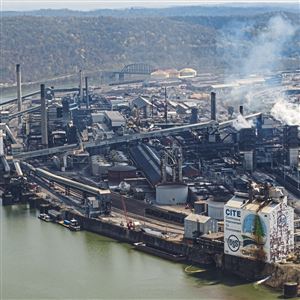In an attempt to put its smoky steel mill image behind it, U.S. Steel announced plans Wednesday to achieve net-zero carbon emissions by 2050.
That goal can be reached, the Pittsburgh-based metals company said, by leveraging its electric arc furnaces with technologies such as direct reduced iron, carbon-free energy sources and carbon capture, sequestration and utilization.
“Climate change is a global crisis that requires a global response,” U.S. Steel President and CEO David Burritt said in a news release. “With our 120-year history of innovating to solve any challenge, U.S. Steel intends to be part of the climate solution.”
A growing number of companies have been looking to reduce carbon emissions and to increase transparency around the issue, and President Joe Biden’s stepped up focus on climate change has also drawn attention to setting carbon emissions goals.
In the Pittsburgh region, the announcement by U.S. Steel was greeted with some skepticism by environmental group Breathe Pittsburgh, which noted that the electric arc furnaces cited by the company as critical to achieving net-zero emissions are located in Arkansas.
The company has been involved in ongoing discussions with health officials and community groups over the impact of its operations in the Mon Valley on air quality in the region.
“The clearest message from this announcement is how little the Mon Valley features in this vision of innovation,” Breathe Project said in a news release, calling the plan “brand sanitizing.” The group also criticized the company for not taking community concerns in the Mon Valley into account.
The net-zero goal builds on the company’s existing pledge to reduce greenhouse gas emissions by 20% by 2030, U.S. Steel said. Reaching that goal is also dependent on the development of additional innovative breakthroughs through public-private collaboration across industries, the company said.
“We believe that we have a path forward that allows us to profitably produce sustainable steels well into the future,” Mr. Burritt said, “and we know that when businesses, governments and people work together to improve our shared destiny, transformative innovations can follow.”
First Published: April 22, 2021, 8:55 a.m.

